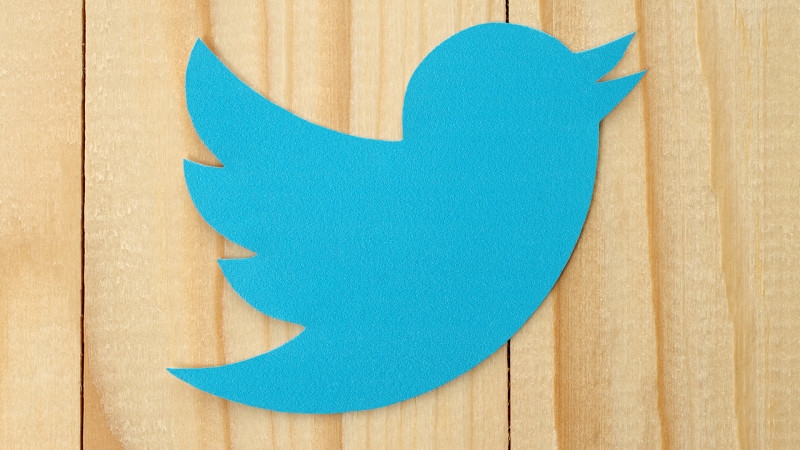Twitter’s Jack Dorsey says the platform’s intention is to open verification to everyone
During a 45-minute livestream, Twitter’s CEO and three other executives answered questions around the site’s safety-abuse and misinformation issues.
During a 45-minute livestream (March 15, 2018), Twitter CEO Jack Dorsey addressed a number of safety-abuse and misinformation issues currently plaguing the site. He was joined by three other Twitter executives: David Gasca, head of product health; Vijaya Gadde, head of legal, policy and trust and safety; and Del Harvey, head of trust and safety. The four spent most of the conversation taking questions from viewers and sharing how Twitter is focusing on the health of the platform.
The site’s verification process came up twice during the call, once when a viewer commented, “I feel if everyone was verified, it would clean up this platform.” A second conversation happened when another viewer asked if Twitter will be verifying more people.
“Short answer is going to be yes,” said Dorsey in response to the question. He prefaced his comment by saying that one of the intentions of the new verification process is to help people verify more identity details and to open verification to everyone.
Rethinking the verification process
Twitter’s CEO says more people will have access to verification, but the verification process is going to roll out in sequences so that the company can put more focus on what they think are the most significant issues around verification, starting with US elections.
Dorsey said he wants the verification process to be scalable and to proceed in a fashion that gets Twitter out of the way and eliminates any bias from the process.
Before Dorsey discussed making verification available to everyone, Gasca, who is tasked with leading the team to fix the verification process, said Twitter is taking a full approach to rethinking how verification works. The head of product health said that the blue verification check-mark was designed to address identity, but it came to mean “credibility” and was perceived, incorrectly, to mean that users with the check-mark were somehow supported by the site — that Twitter “stood behind” them and their views.
Gasca said that verification was supposed to mean “identity,” “status” and a way to “counter impersonation.”
Adding more transparency
The goal of the livestream, according to Dorsey, was to offer more transparency around where Twitter is in the scope of how it’s addressing and measuring the health of the platform. According to the CEO, the main question Twitter is trying to answer right now is, “How can we measure the health of the platform in a way that is public and accountable?”
Last week, Twitter announced new policy changes to combat the amount of spam and bot activity on the site by restricting simultaneous posts with identical content across multiple accounts. During (March 15, 2018)’s livestream, Gadde said the site has a large team focused on spam and fake accounts.
Dorsey admits the site has a lot of work to do around measuring — and ultimately, improving — the health of the platform, but said they’ll continue to do more livestreams addressing the issues.
“The more clarity we can build, the more trust we’ll have,” said Dorsey.
Twitter invites 3rd-party collaboration
On March 1, Twitter announced it was accepting RFPs from individuals and organizations interested in helping Twitter define what health means for the site, and how it should be approached.
Proposals on how Twitter should address its health-safety metrics are being accepted through April 1, 2018. The site says it wants to partner with third parties to determine how it measures the health of the platform and to keep the site accountable in terms of sharing its progress and how it moves forward.
Marketing Land – Internet Marketing News, Strategies & Tips
(86)















